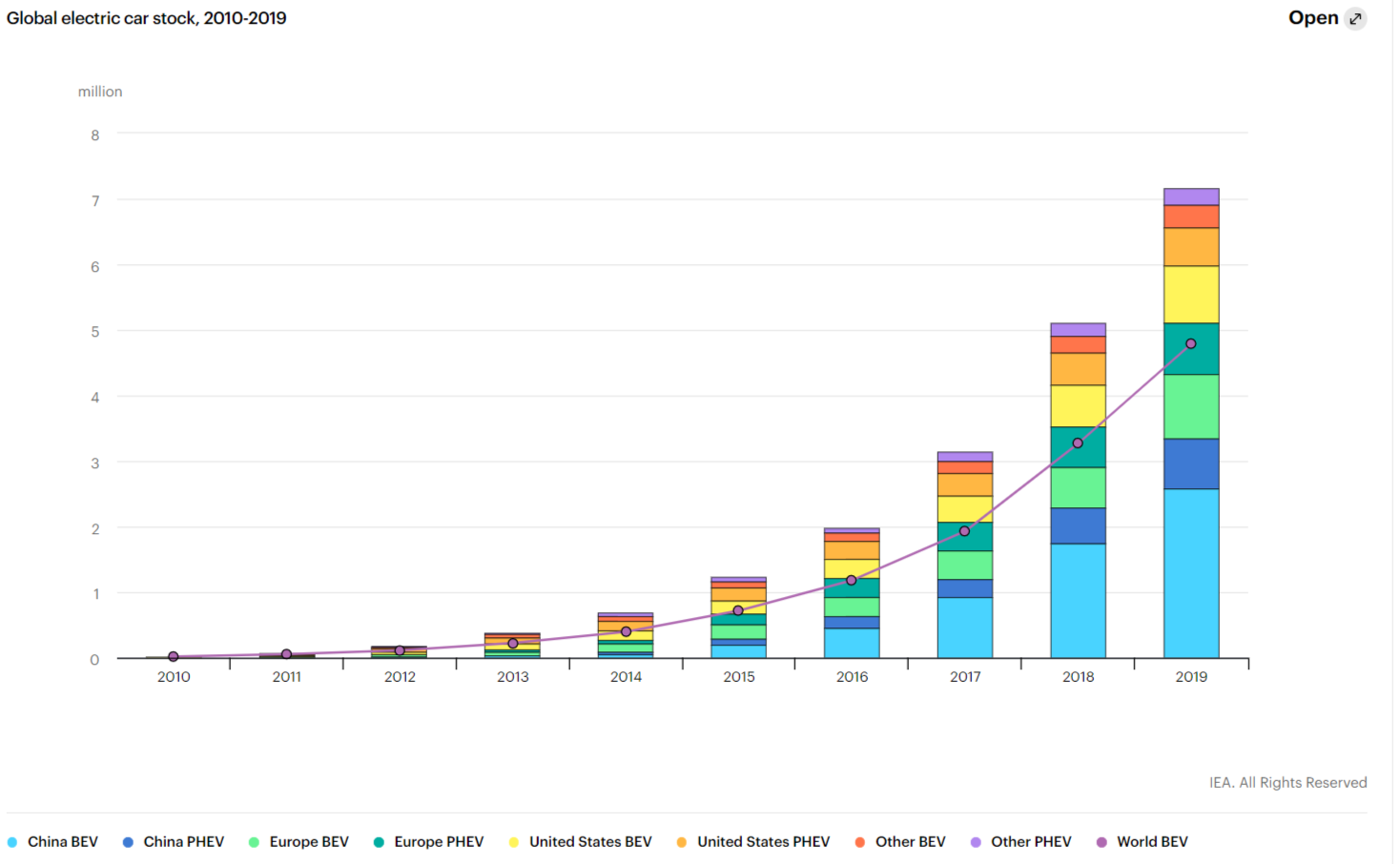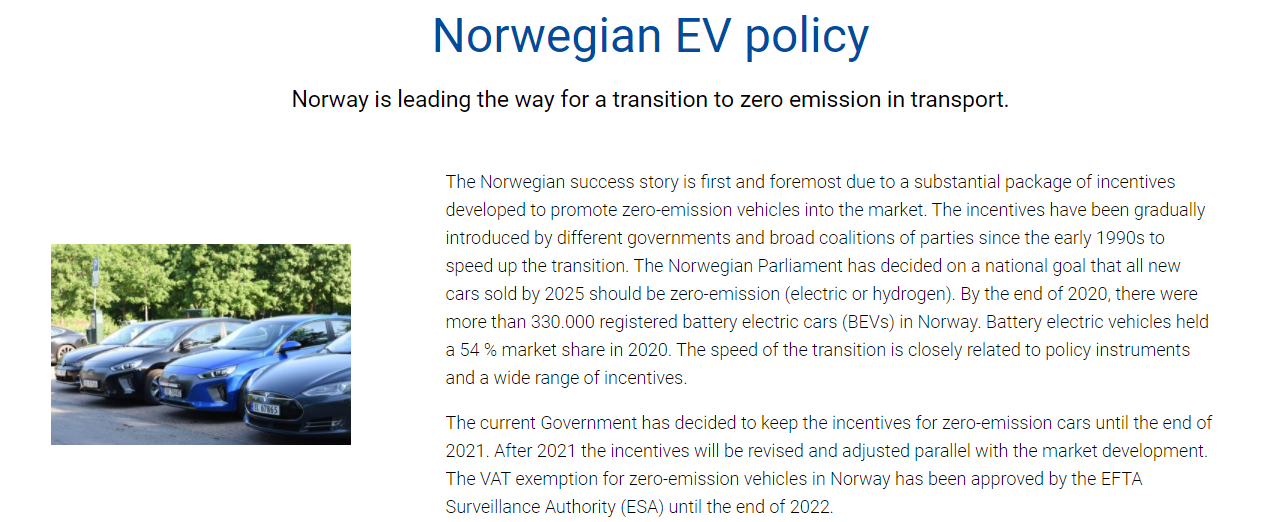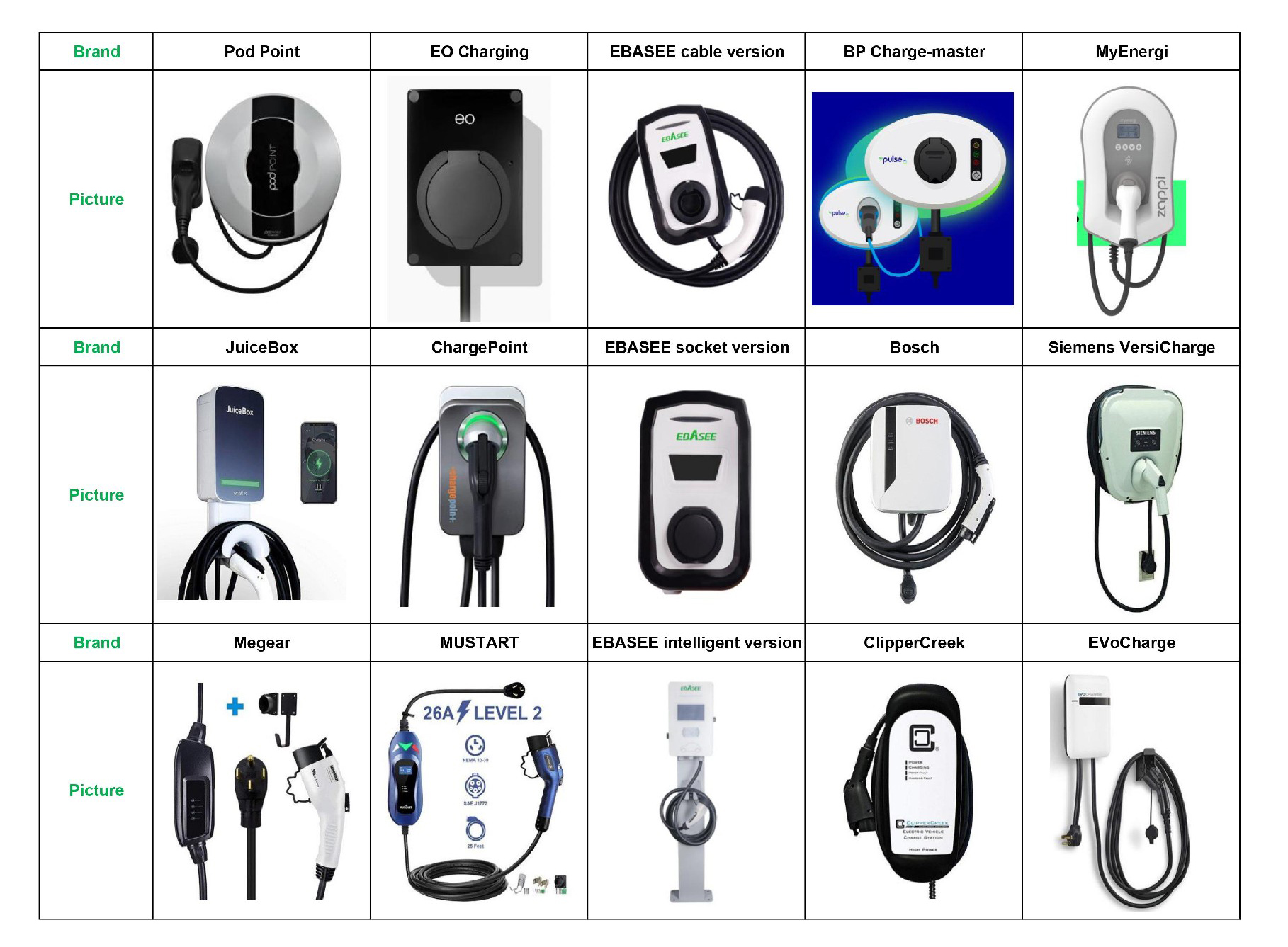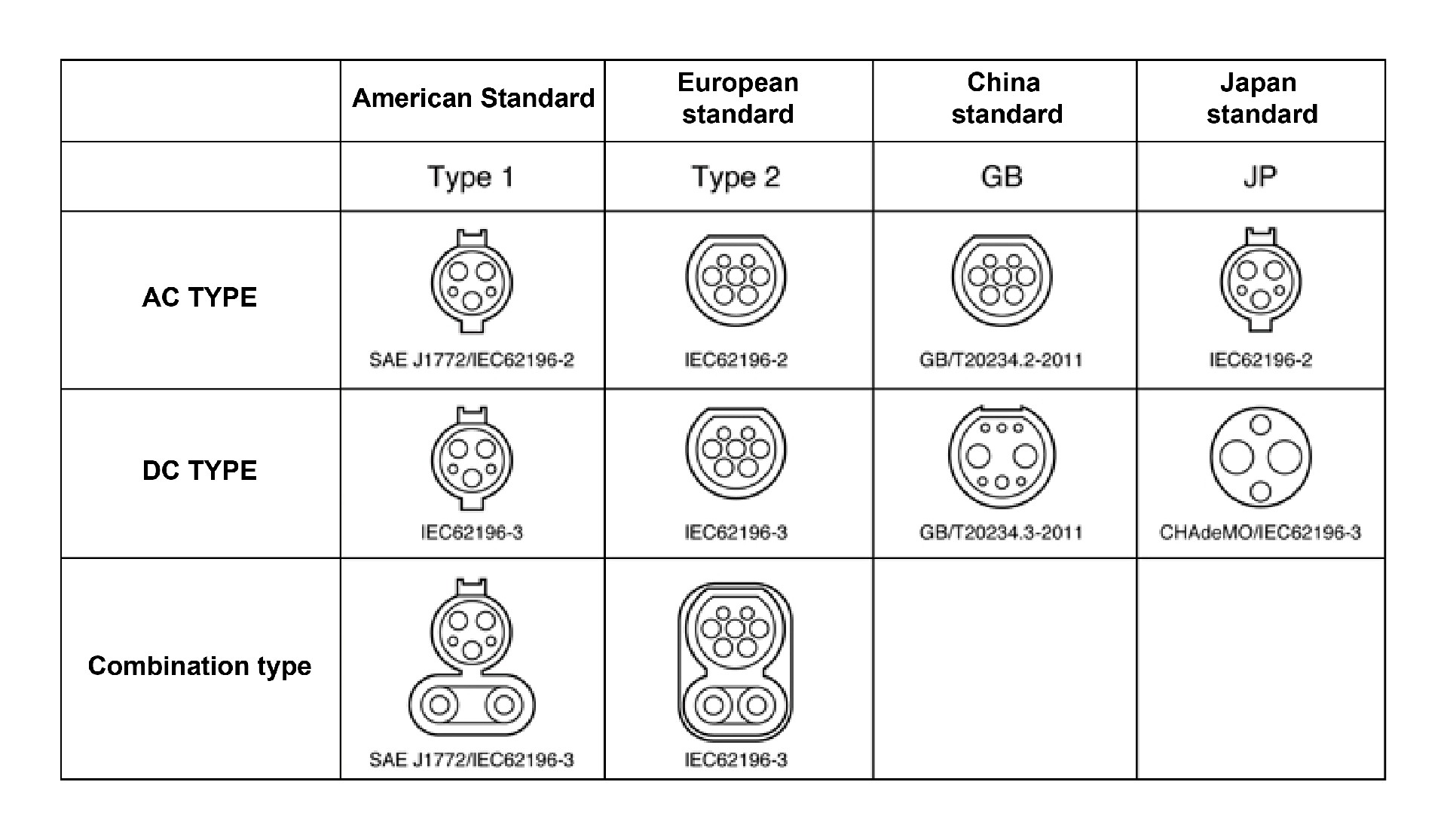How to choose the EV charger for home?
DATE:2021-04-08
How to choose the EV charger for home?
“Only about 17 000 electric cars were on the world’s roads in 2010. By 2019, that number had swelled to 7.2 million,
47% of which were in The People’s Republic of China (“China”).
Nine countries had more than 100 000 electric cars on the road.
At least 20 countries reached market shares above 1%”. Analyzed and updated by IEA on 16th Oct 2020.

There is no doubt that with the support of various governments' policies, the number of electric vehicles will
increase exponentially in the next decade.

If you already have an electric car or plan to buy an electric car, please bookmark this article first. Next,
I will share how to buy an electric car charger.
First, What is the function of EV charger?
Please watch this video: https://www.youtube.com/watch?v=Qqzn3JaQkcs&t=642s
Second, maybe you wanna ask can I install an EV charger at my home and what qualifications do I need?
Well,If you own your own house, there is no problem, you can install charging stations without asking for permission.
If you live in an apartment and have a reserved parking space or garage,
you may need to obtain permission from the landlord before installing a charging station,
however the amount of electricity that can be provided in the garage may be limited.
Third, what kind of EV chargers brands available and how to choose?
The popular EV chargers brands here listed for your reference and you can select your own EV chargers according to the car:

Please check the below features for each brand:
1. Pod Point has been in operation for around 10 years, and it has sold tens of thousands of charging points across the UK. All versions of Pod Point’s product can connect to WiFi, enabling over-the-air software updates and smartphone connectivity.
2. EO Charging was founded in 2015, and since then has sold more than 10,000 chargers in over 30 countries worldwide. One of its products–the EO Mini–is claimed to be ‘the smallest fast charger on the market’ (it measures 17.5x12.5x9.5cm), meaning it'll be of interest to buyers who don’t want a large unit attracting attention on their driveway.
3. EBASEE cable version, Cable length is 5m,both single phrase and three phrase available, output Rating is 7KW to 22KW for 32A, both TYPE 1 socket and TYPE 2 socket are supported. Small,exquisite, and delicate appearance with compact structure and with IP55 waterproof and dust-proof. It conforms to the IEC61851-1 standard. Characterized with RFID authentication and identification, it can be started, stopped by swiping cards, which can be set with timing charging.
4. BP Chargemaster charger is probably better known for running the public charging network of the same name, but it has solutions for private users, too. Its home charger isn’t the most elegant-looking thing, with a white exterior that measures 35cm across at its widest point. Some versions come with a lock on the outside, meaning you can only use the unit if you have the key: this will prevent the unlikely scenario of someone parking on your driveway and helping themselves to your electricity.
5. MyEnergi is a British manufacturer that produces an OLEV-approved home charger named Zappi, along with a supporting solar power diverter (Eddi), energy harvesting wireless sensor (Harvi) and smart hub (called Hub). MyEnergi claims that its Zappi charger (pictured) is the best-selling British-made EV charger, and also the world's first solar-compatible EV charger. It's capable of putting out either 22kW or 7kW, but you'll need a three-phase supply to make use of the more powerful version.
6. JuiceBox is a smart charger, with a dedicated app and WiFi connectivity, that can be scheduled to charge at off-peak times. It comes with a long 25-foot cable, adding flexibility to the mounting location. Plus, it can charge up to 40 amps, thereby reducing charge times. Installation is simple for this plug-in charger, and the power cord (from the outlet to the unit) is long, making it easy to find a suitable mounting location.
7. ChargePoint is WiFi-enabled and is available in either hardwired or plug-in versions with your choice of a NEMA 14-50 plug or a NEMA 6-50 plug. Both options feature a 23-foot long cable. Like the JuiceBox, the ChargePoint home charger works with Alexa, which means you can control it remotely an Alexa device. The app allows you to schedule charging when electricity is cheapest, as well as set reminders so you never forget to plug in your vehicle.
8. EBASEE socket version, strong and integrated cable care point with IP55 waterproof and dust-proof, both TYPE 1 socket and TYPE 2 socket are supported, is Market drive appearance design, 82% of final consumers from EU choose compact and small, cable-free wall box, 75% of final consumers from Asia-Pacific choose.
9. A well-respected brand in the automotive industry, Bosch offers a Level 2 EV charger, but it’s one of the most expensive on the market. This charger can be installed hardwired or as a plug-in with a NEMA 6-50 plug. To protect it from the possibility of overheating is a thermal sensor on the NEMA 6-50 plug. It does have an on/off switch for zero energy consumption when it’s not being used, while multi-function LEDs indicate charging and power status.
10. The Siemens VersiCharge is available in three models: Hardwire, Universal, and Smart Grid. The Hardwire model is the most affordable of the three, but must be directly wired into your electrical panel for indoor applications. The Universal model is the VersiCharge’s best value offering, as a plug-and-play solution that can work indoors and outdoors. Lastly, the Smart Grid is like the Universal model in that it’s plug-and-play, but also is a WiFi connected charger so you can use an iOS or Android app to remotely control the charger.
11. Megear,this portable EV charger is available with a wide range of plug options, including NEMA 6-30, NEMA 6-50, NEMA 10-30, NEMA 10-50, L14-30, NEMA 14-30, and NEMA 14-50. These are all 16-amp Level 2 chargers, offering up to 11 miles of range per hour for most electric vehicles.
12. Another portable charging option is the MUSTART Level 2 portable EV charger. Available with different plug options—NEMA 10-30, NEMA 14-30, NEMA 6-50, and NEMA 14-50—this charger offers up to four times faster charging than a standard 16A Level 1 EV charger. Charging speeds depends on which product you choose, since this charger is available in 26-, 32-, and 40-amp options.
13. EBASEE intelligent version, 7" LCD display with 5m cable. This Level 2 Charging Station is designed to charge plug-in hybrid electric vehicles (PHEV) and battery electric vehicles (BEV). It provides AC Level 2 Charging that effectively shortens charging time for typical electric vehicles (EVs) when compared to the Level 1 Cordset. And most important, it is OCPP compatible with OCPP 1.6J. Both single phrase and three phrase available, Output Rating is 7KW to 22KW for 32A.
14. The HCS-40 from ClipperCreek is another charger made in America and is a Level 2 station. It offers 32 amps of power (7.7kW) and is a hardwired charger that works indoors or outdoors. It is ETL listed so it has met the requirements of widely accepted product safety standards for EV charging stations, along with being in a rugged, fully sealed NEMA 4 enclosure.
15. A U.S.-based company located in California, EVoCharge’s Level 2 charger is fully compatible with all electric vehicles and plug-in hybrid electric vehicles sold in the U.S. and Canada. This charger offers maximum 7.68kW charging, meaning it charges up to 8 times faster than a standard AC Level 1 charger.
Fourth, what are the types and difference of charging point connector types?

Single phrase : 220x16=3.7kw, 220x32=7kw
Three phrase : 220x16x3=11kw, 220x32x3=21kw
The most basic home chargers typically start at 3 to 3.7kW, with more advanced units delivering 7kW and the priciest units achieving as much as 22kW. Naturally, the price of the chargers goes up as you move through the power bands.
A 3.7kW wall-box will fully charge the 40kWh battery in a standard Nissan Leaf in around 13 hours-giving you 168 miles of range overnight-while a 7kW system will do so in less than six hours. A 22kW charger would take less than two hours.
Last, how much does an EV charger cost?
You can expect to spend $380 to $1,200 for a qualified electric vehicle charger. You get what you pay, we can't make a joke about safety, after all, your car is much more expensive than it.
For more information, please contact us freely.

